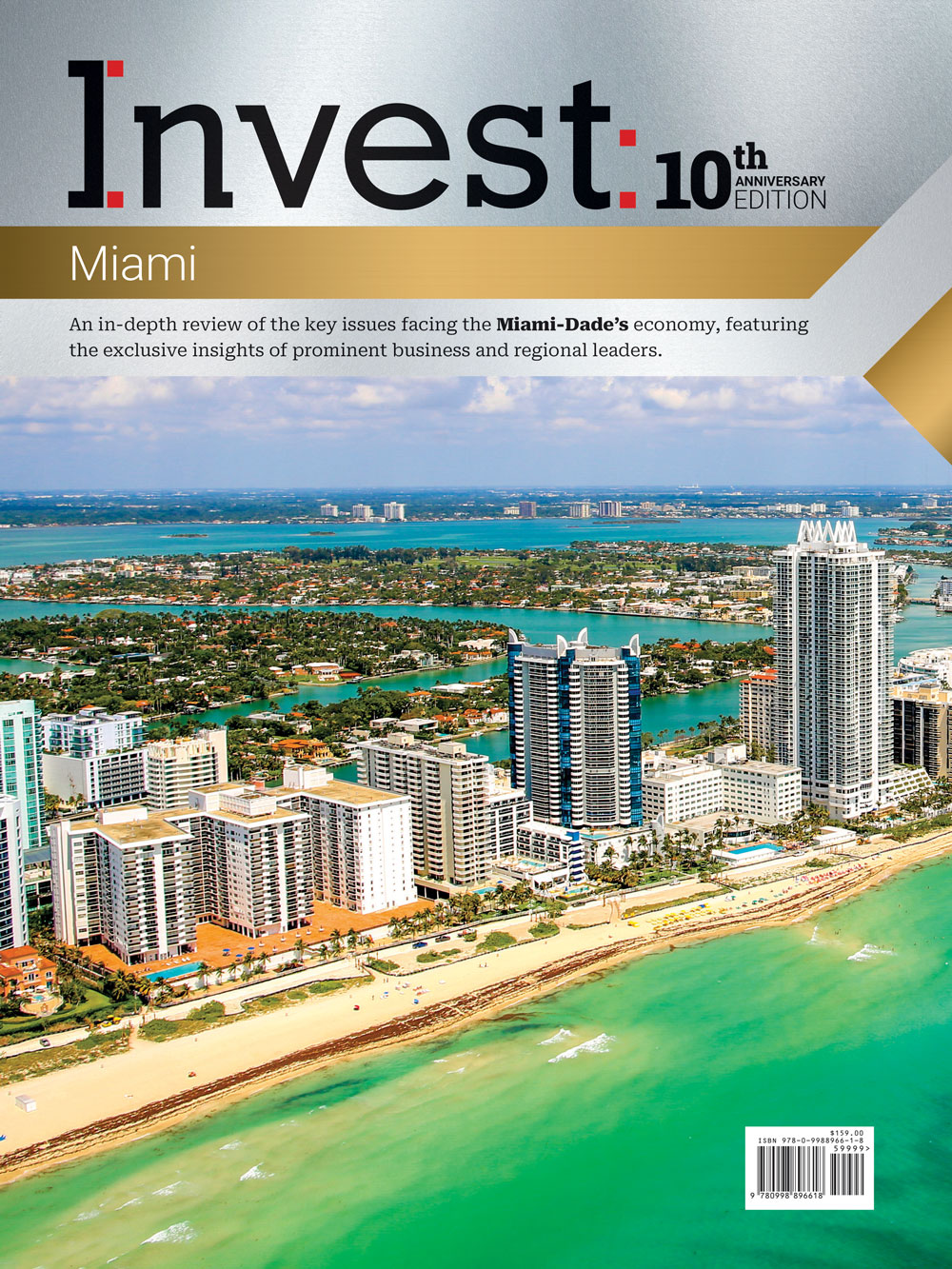Broward County looking to capitalize on Live Local Act
Writer: Esteban Pages
 June 2023 — Too much demand, too little supply. That is the landscape prospective homebuyers and renters find themselves in as prices on both fronts climb in South Florida, including Greater Fort Lauderdale. New legislation coming into effect in July is aimed at addressing the issue.
June 2023 — Too much demand, too little supply. That is the landscape prospective homebuyers and renters find themselves in as prices on both fronts climb in South Florida, including Greater Fort Lauderdale. New legislation coming into effect in July is aimed at addressing the issue.
In March, Florida lawmakers passed Bill SB102, a record $711 million plan known as the Live Local Act that is aimed at developing affordable housing, incentivizing new construction via tax breaks and interest-free loans to assist Floridians with affording down payments. The new law will be enacted July 1.
Real estate companies are already making plans to adapt to the legislation, among them Karson & Co in Miami. “We are spending a considerable amount of time understanding SB102 – Live Local Act, which is a game changer for Florida to accelerate the development of workforce housing. We intend to be among the first to market to capitalize on this far-reaching housing solution,” said CEO Arden Karson, in an interview with Invest:.
With 1,218 people per day moving Florida as of March 2023, and Broward County specifically welcoming 19,631 new residents between 2022 and 2023, according to the latest U.S. Census data, this demographic influx is putting pressure on Greater Fort Lauderdale’s rents and housing purchase prices, especially impacting workforce options.
The comprehensive legislative package, dubbed by Florida Housing Finance Corporation as a “historic funding for workforce housing” and a “transformative piece of legislation,” includes several new programs, incentives and opportunities, outlining a statewide workforce housing strategy to bolster the availability of affordable housing opportunities for Florida’s workforce. The new law mandates local governments to allow multifamily or mixed-use residential projects that set aside at least 40% of the residential component for affordable housing for the next 30 years.
In tandem with the Live Local Act, the city of Weston in Broward County passed an ordinance mandating that project site plans won’t be approved until the city manager corroborates that the plans comply both with the city’s zoning code and comprehensive plan after a public hearing, according to the Business Journals. Considering the city is already 80% residential, under this new ordinance and the Live Local Act, developers looking to unlock maximum building rights will need to include non-residential uses for their projects as the state law stipulates that locations with 20% or less residential zoning only permit mixed-use projects.
According to the Miami Association of Realtors and the Multiple Listing Service (MLS) system, Broward County’s residential real estate sales showcased continued price hikes in a prevalent high-demand, low-supply market despite a rise in total inventory.
St. Louis Federal Reserve data between July 2016 and May 2023 shows active listings were at their lowest with 3,486 active listings in April 2022, after which listings recovered to 6,688 active listings in May 2023. That is a long way from the period’s highest point of 14,945 in February 2019 but still an upward trend as far as available inventory goes.
Broward County single-family home median prices rose 3.7% between March 2022 and March 2023, going from $545,000 to $565,000, respectively. Condo median prices increased 13% within that same period, going from $238,500 to $269,500, respectively. Florida Policy Project’s Practical Strategies for Addressing Florida’s Crisis in Housing Affordability report, released in June 2023, estimates that by 2035, Florida could count as many as 28 million people compared to around 22 million today, while close to a million residents within the Sunshine State are already spending 50% of their income solely on housing.
The report showcases a stark contrast: between 2015 and 2022. The median home price in the state increased from under $300,000 to $450,000 on the one hand, while the median household income shrank from close to $67,000 in 2019 to below $60,000 in 2021. Not only that, the University of Florida’s Spring 2023 update on affordable rental housing needs for the Sunshine State found close to 600,000 units with rents above $1,000 were added from 2012 to 2021 but 277,000 units with rents for $1,000 or less were lost within that same time period.













